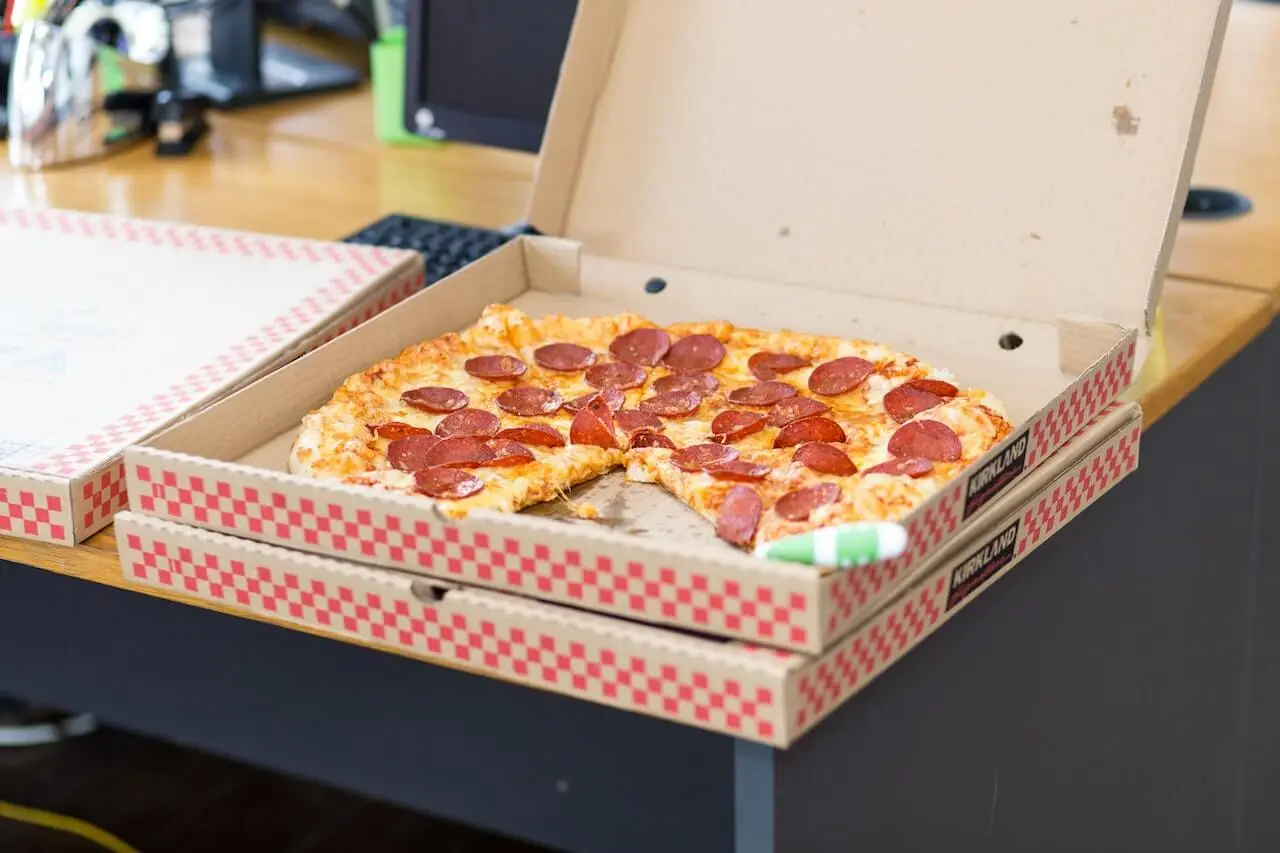When was the last time you thought about all of the purchases you made in a day?
If it has been a while, you are paying the cost of convenience.
This is when consumers pay for things to make their lives easier, like buying coffee or lunch instead of making it.
These small daily expenses can add up to a high cost. Understanding if you pay for the cost of convenience can help you make smarter choices about your spending.
The Convenience Culture Factor
Convenience is a factor when you are spending.
We all want to save time during our day and to do that, we pay for convenience.
For example, if we are busy or tired, it’s easier to get takeout on your way home than to buy groceries, plan meals, cook, and clean. Convenience affects our spending habits, and these small micro-purchases can add up.
There is a cost of convenience. Buying something for convenience can lead to higher prices and hidden fees.
For example, a cup of coffee made at home is about $0.20 to make. It takes a little time, but not much if you schedule your coffee to be made as soon as you wake up.
Buying coffee out costs, on average, $2.70. Coffee out is a higher price than making it at home, and this doesn’t even account for the time it takes to drive to get coffee and the extra mileage you put on your car.
Identifying Small Daily Expenses
To understand how much you spend on daily conveniences, it’s important to identify these expenses.
Not every daily expense is a convenience expense. For example, if you are getting gas every few days, this is because you need gas. Something you need is not a convenience expense. (Although, if you are driving your car everywhere, even short distances, instead of walking, that is also a cost of convenience.)
Many times convenience expenses are low-cost items, meaning they aren’t large financial purchases like a car. These costs are small things like:
- buying coffee
- ordering delivery
- online shopping
- using ATMS with fees
With proper planning and organization, these expenses could be avoided.
Start tracking your spending to see what your small daily expenses are. Write down:
- every purchase you make
- where you made it
- how much you paid
When you track you’re spending, you can start to identify areas where you can save.
The True Cost of Small Daily Expenses
Understanding the true costs of small daily expenses can help motivate you to track your spending and eventually cut these small expenses.
Earlier, we mentioned that making coffee at home costs $0.20 a cup. It costs $2.70 on average to buy coffee.
If you buy coffee five days a week for a year, you will spend $720 a year on coffee. If you also buy coffee out, you may be tempted to get a small breakfast occasionally, which only adds to your yearly cost. If you make coffee at home five days a week for a year, you will spend $52 a year on coffee.
While $720 a year won’t break the bank, this is still money that could have been put into savings.
And that’s just for a regular coffee. There are also probably a few other areas of small spending that you do to make this more than $720 a year. Think about how much it costs to order a pizza, versus making one at home, or buying one from the grocery store that you can just pop in your oven.
An average store deli pizza will cost you under $10, while an order from Pizza Hut or another local delivery will run you around $20-30+ on top of any delivery fees you’ll be charged.
If you’ve been struggling to save, cutting your small daily spending costs can be a great opportunity to save money!
There is more of a benefit to saving or investing this money rather than spending it on small purchases.
Strategies for Cutting Small Daily Expenses
Cutting small daily expenses can be challenging.
It can be hard to break these habits. The best way to cut these expenses is by starting small. Make one change at a time rather than cutting everything at once.
It is a balance of convenience and cost-effectiveness that you want to achieve.
Certain convenient expenses may be worth it if it is cost-effective. For example, if you don’t own a car, using grocery delivery may be worth it. The small delivery cost is okay added to the cost savings of being car-free.
If you stop spending on small daily expenses, over time, you will be able to save money. This will have a positive impact on your overall financial health.
Convenience Culture Gets Expensive
Before you drive to Starbucks to get your daily morning coffee, think about how this habit is adding up.
Understanding the cost of convenience can help you make better decisions in your day-to-day life. Start by making small changes to your spending habit to reduce the small daily expense you make. This will improve your overall financial health by reducing the conveniences you pay for.



